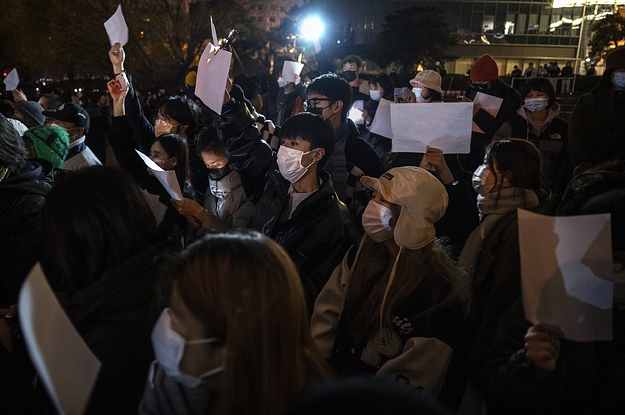In rural Japan, a closed school becomes a new kind of community hub
Japan’s rural population has been in decline for decades. That’s caused many towns to close schools for lack of students. But residents in the village of Takigahara transformed a former nursery school into a different kind of community gathering place. The post In rural Japan, a closed school becomes a new kind of community hub appeared first on The World from PRX.

The village of Takigahara, in Japan’s rural Ishikawa prefecture, sits in a valley along a river. In the summer, bright green rice fields contrast dark green mountains and a blue sky. It’s a perfect example of the kind of landscape called satoyama, an ecosystem of forests and fields stewarded by the village’s residents.

Takigahara’s schools closed over a decade ago because there weren’t enough children to keep them open. A school often serves as a natural community hub, but schools are closing all over rural Japan.
Since the early 20th century, young people have been moving to cities to work in offices and factories instead of fields and forests. And Japan’s birthrate, which has been in decline for 50 years, is one of the lowest in the world.
But in Takigahara, residents have transformed a closed school into a different kind of community hub.

A little before noon on a recent Saturday, the nursery school cafeteria filled up with about 30 people who live in Takigahara and nearby towns. They had come for an event called Satoyama Shokudo, or Satoyama cafeteria.
Anyone can go to the cafeteria twice a month and have lunch made from local ingredients for 1,000 yen — less than $10.
The day’s lunch included steamed white rice, sweet and sour pork, cold somen noodles topped with okra, potato salad with cucumbers and cherry tomatoes, and simmered kabocha — Japanese pumpkin — that was just coming into season.

The portions are generous and the ingredients are as fresh as it gets, but people don’t just come for the food.
“We’re able to meet people of all ages who we wouldn’t ordinarily meet,” said Shoko Ogawa, 38, who is raising her daughter in a nearby town that still has a school.
“We’re able to meet people of all ages who we wouldn’t ordinarily meet.”Shoko Ogawa, Satoyama Shokudo attendee
Only one child actually lives in Takigahara: 11-year old Kanta Hoshi. His mother, Kotomi, attended school there when she was little. Even though it might be convenient to raise her son in a bigger town, Kotomi Hoshi says she wanted him to grow up where she did.
“While he’s young, I want my son to experience things like living close to nature and playing in the river,” she explained. “You can’t get that kind of experience in the city.”

Yutaka Yamashita, 77, who runs Satoyama Shokudo, was Takigahara’s town council chairman when the schools closed in 2011.
“I thought that the disappearance of the school would be the same as losing our community hub, so I thought of a way to make use of the space,” Yamashita said.
To keep the space active, he started a program for all ages called Nature School. It includes activities like firefly viewing, and picking wild leaves for herbal tea— and Satoyama Shokudo.
Yamashita wants people to come and learn about the satoyama ecosystem and way of life instead of just looking things up online.
“The most important thing is to experience things with your eyes, mouth, nose, ears, touch, and to talk to each other,” he said.

Yamashita’s wife, Nobuko, is in charge of the kitchen.
“Chisan-chisho” means locally grown, locally consumed products, and Nobuko Yamashita said, “that’s what we think about first when we make the menu. “

As she dished out food along with three other grandmas, she said, “I think I’ll do my best to keep going until I’m 90, about another 15 years.”
Although the village of about 150 people is mostly elderly, a handful of young people have moved to Takigahara — from around Japan and abroad — to farm and live close to nature.
Ako Ihara, 32, keeps chickens and sells their eggs. Community is what often brings her to Satoyama Shokudo.

“Vegetables these grandmas and grandpas grew, food the grandma’s cooked, we get to eat these together with gratitude, for the purpose of continuing this community,” Ihara said.
It seems unlikely that Japan’s trend of rural depopulation will reverse. But places like Takigahara are finding ways to maintain a sense of community and cultural identity.
The post In rural Japan, a closed school becomes a new kind of community hub appeared first on The World from PRX.















